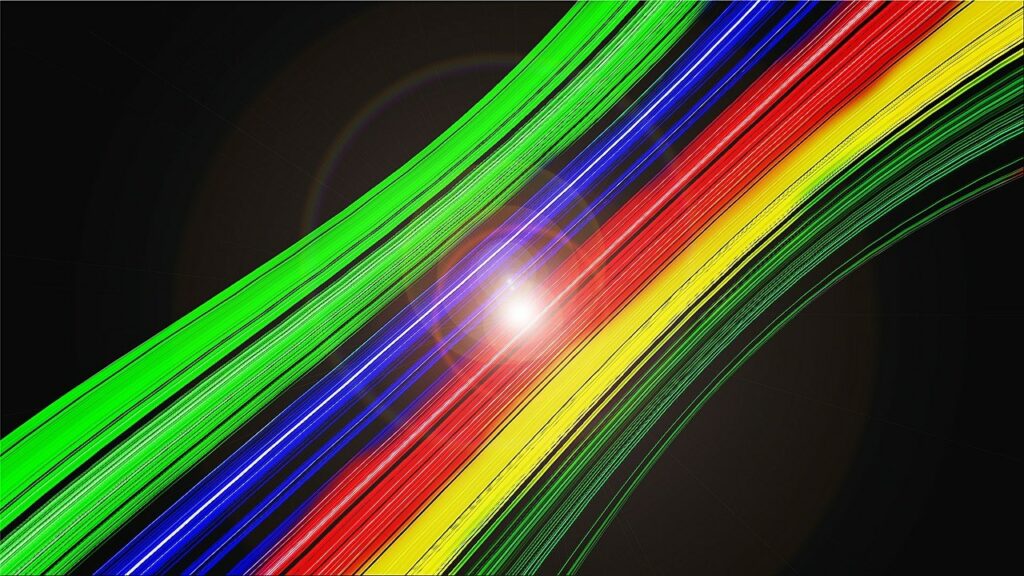Fiber optic cables aren’t perfect, but what is? These cables may be the cornerstone of modern telecommunications and long-distance data transmission, but they can still run into problems. There are still instances when something can go wrong, something might be damaged, or there might be an interruption in the signal. The fact is that even the best OTS fiber optic cable can run into issues.

Of course, if you’ve got fiber optics running everywhere, that means you want it working at all times. If there is something that goes wrong, you need to have someone who knows how to fix them. Fortunately, there are a few issues that arise with fiber optic cables in any environment. These are common enough that the solutions are well-known. So let’s take a look at these common issues and their fixes.
Loose Connectors
One of the acknowledged weak points would be the fiber optic connectors. Whether you’re looking at LC, SC, MPO/MTP, ST, or FC, you have a connector. Let’s move forward on the assumption that you’re using the right connectors for the devices you’re hooking up. If the connections are incorrect, that is a much more serious problem.
The typical issue that you might have with connectors is them being loose. Check if they’re fitted correctly because that is how your terminals and devices will communicate with the signals from the optical fiber. One fix for this is to re-insert the cable into the port. If this doesn’t fix anything, spring-loaded connectors are an alternative for securing the fit without a high risk of something slipping out.
Overstretched Cables
Do not overstretch your fiber cables. Pushing and stretching them over a range can cause the internal components to be damaged, so if you can, move them closer to the intended areas. If you can’t, you should have acquired a cable of the proper length. If you don’t, you’re forced to stretch things.
When the cable is stretched, the minimum you can expect is additional wear in terms of pulling at the jacketing. In the worst case, the internal reflective fibers might tear. This will cause significant signal loss, rendering the speed advantage of optical fibers moot. A good fix for this would be to get rid of the grips at the end of the connectors or to just get cables longer than you actually need.
Fiber Damage
Another potential issue is damage to the fiber itself. This is hard to diagnose because this won’t show up on a simple visual test.
Optical fiber damage is something that must be detected using a fiber optic tracer, which will pinpoint where the damaged areas are using a visible stream of light. When using this, you should see the light being beamed from one end emerge intact from the other. A red glow will form in areas where there are breaks in the glass. This will be visible through the jacket, so pinpointing damaged areas is simplified.
As a safety precaution, we don’t advise you looking directly at the light on either end. Between this light and the infrared beam in the fiber itself, you could risk damage to your eyes. The red glow is safe to view with the naked eye, though.
External Damage
External damage is also a typical issue. This one is easier than detecting problems with the fiber because you have a visual component. It could be anything from a torn jacket, a break in the cable itself, or something else. The causes will vary widely, though there are a few solutions that can work regardless of the cause.
It should be noted that not all physical damage is harmful to the optical fiber. These cables have glass cores and a layer of reflective material around that, with the final layer being the jacket itself. In theory, damage to the jacket that doesn’t penetrate down into the reflective materials is not a cause for concern. Whether or not you choose to make a fix or replace anything at that point is your call.
The options for mending the issue are many. Sometimes, you will need to replace the cable entirely. If a wide area has been damaged and the internal reflecting mechanism is included in that, buy new cables. If the problem is confined to a small area and you have extra length, you can just get someone to perform a fiber optic splice. This will mean they separate the cable to isolate and remove the problem area, then “merge” the two intact ends into one cable.
One consideration is if the damage is recurring and environmental. If the jacketing is melting every time, the simplest fix is to buy a cable that can withstand the high temperatures.
Conclusion
Fiber optic cables are multi-purpose things, coming in handy in all sorts of fields and industries. There are a few common, recurring issues with them, but these are easy enough to solve. Provided they’re cared for properly, they can last a long time and bring exceptional speed and reliability to whatever you choose to use them for.



